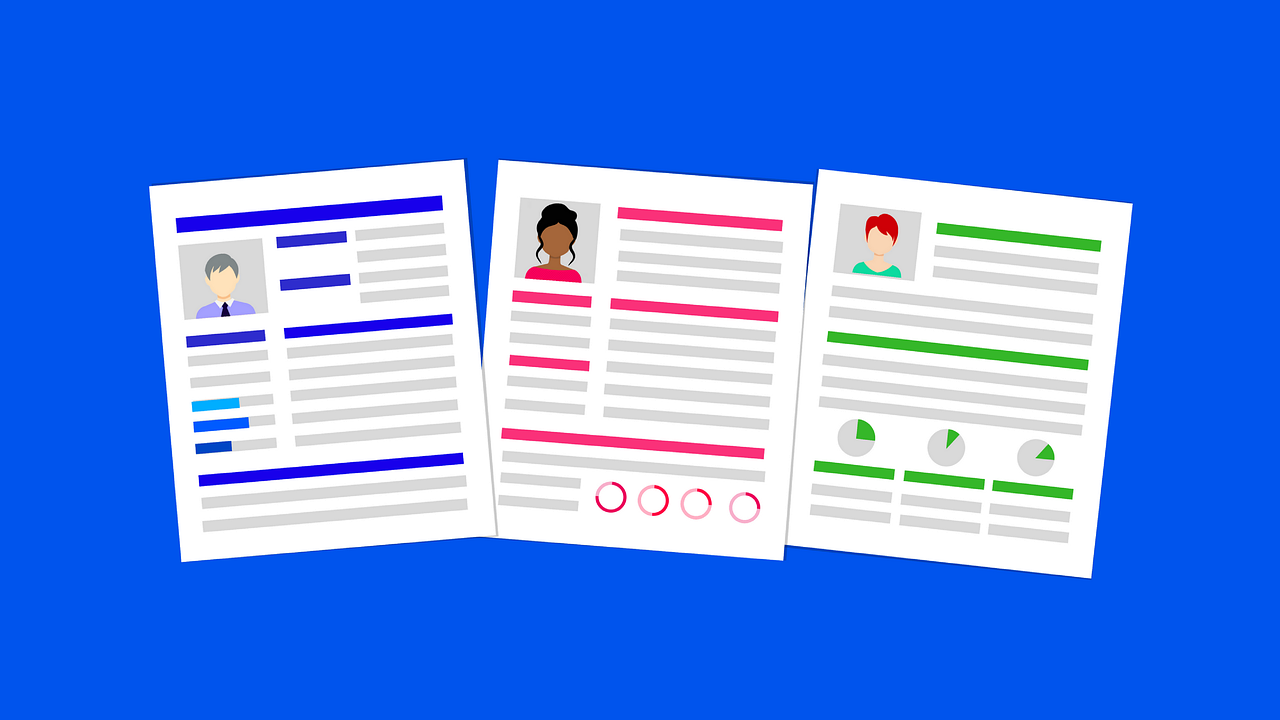Introduction
In today's globalized world, the ability to communicate effectively across languages is more important than ever. For job seekers, this often means translating their personal resumes into English to reach a wider audience and increase their chances of securing employment opportunities abroad. This article aims to provide a comprehensive guide on translating personal resumes into English, highlighting the importance of accuracy, cultural nuances, and professional presentation.
The Importance of Accurate Translation
-
First Impressions: A well-translated resume can make a strong first impression on potential employers. It showcases the candidate's language skills and their ability to adapt to different cultural and professional environments.
-
Clarity and Understanding: An accurate translation ensures that the employer fully understands the candidate's qualifications, experiences, and skills. Mistranslations or errors can lead to misunderstandings and may result in the candidate being overlooked.
-
Professionalism: A professionally translated resume demonstrates the candidate's commitment to detail and their seriousness about the job application process. It also shows respect for the employer's language and culture.
Key Components of a Personal Resume
-
Contact Information: This includes the candidate's name, address, phone number, and email address. It is crucial to ensure that this information is translated accurately to facilitate communication.
-
Objective Statement: A brief statement outlining the candidate's career goals and how they align with the job they are applying for. This should be translated to convey the candidate's enthusiasm and motivation.
-
Education: A list of the candidate's educational qualifications, including degrees, certifications, and any relevant coursework. This section should be translated to reflect the candidate's academic achievements.
-
Work Experience: A detailed account of the candidate's professional background, including job titles, companies, dates of employment, and主要职责. It is essential to translate this section accurately to demonstrate the candidate's experience and expertise.
-
Skills: A list of the candidate's skills, both hard and soft, that are relevant to the job. This section should be translated to highlight the candidate's abilities and competencies.
-
Achievements: Any notable accomplishments or awards that the candidate has received. This section should be translated to showcase the candidate's success and recognition in their field.
-
References: Contact information for individuals who can provide professional references for the candidate. It is important to ensure that this information is translated correctly to allow for follow-up.
Cultural Nuances in Resume Translation
-
Job Titles: In some cultures, job titles may not have direct equivalents in English. It is important to research and find the most appropriate translation to maintain the candidate's professional standing.
-
Dates and Formats: Different countries have different conventions for writing dates and other numerical information. It is crucial to adapt the resume to the target country's format to avoid confusion.
-
Qualifications and Experience: The value and importance of certain qualifications and experiences may vary between cultures. It is essential to emphasize those aspects that are most relevant to the job and the employer's expectations.
-
Language Style: The tone and style of the resume should be adapted to suit the target audience. In some cultures, a more formal and conservative tone is preferred, while in others, a more casual and conversational style may be acceptable.
Professional Presentation
-
Formatting: A well-formatted resume is easier to read and more visually appealing. Ensure that the translated resume maintains a consistent layout, with clear headings and bullet points.
-
Language: Use clear, concise, and professional language throughout the resume. Avoid slang, jargon, and overly complex sentences that may be difficult to understand.
-
Proofreading: Thoroughly proofread the translated resume to ensure that there are no grammatical errors, typos, or inconsistencies. Consider using a professional translation service or having a native English speaker review the document.
-
Tailoring: Customize the resume for each job application by emphasizing the most relevant skills and experiences. This demonstrates the candidate's adaptability and their understanding of the job requirements.
Conclusion
Translating a personal resume into English is a critical step for job seekers looking to expand their opportunities internationally. By focusing on accuracy, cultural nuances, and professional presentation, candidates can create a resume that effectively communicates their qualifications and increases their chances of success in the global job market.










 京公网安备11000000000001号
京公网安备11000000000001号 豫ICP备16007054号-5
豫ICP备16007054号-5